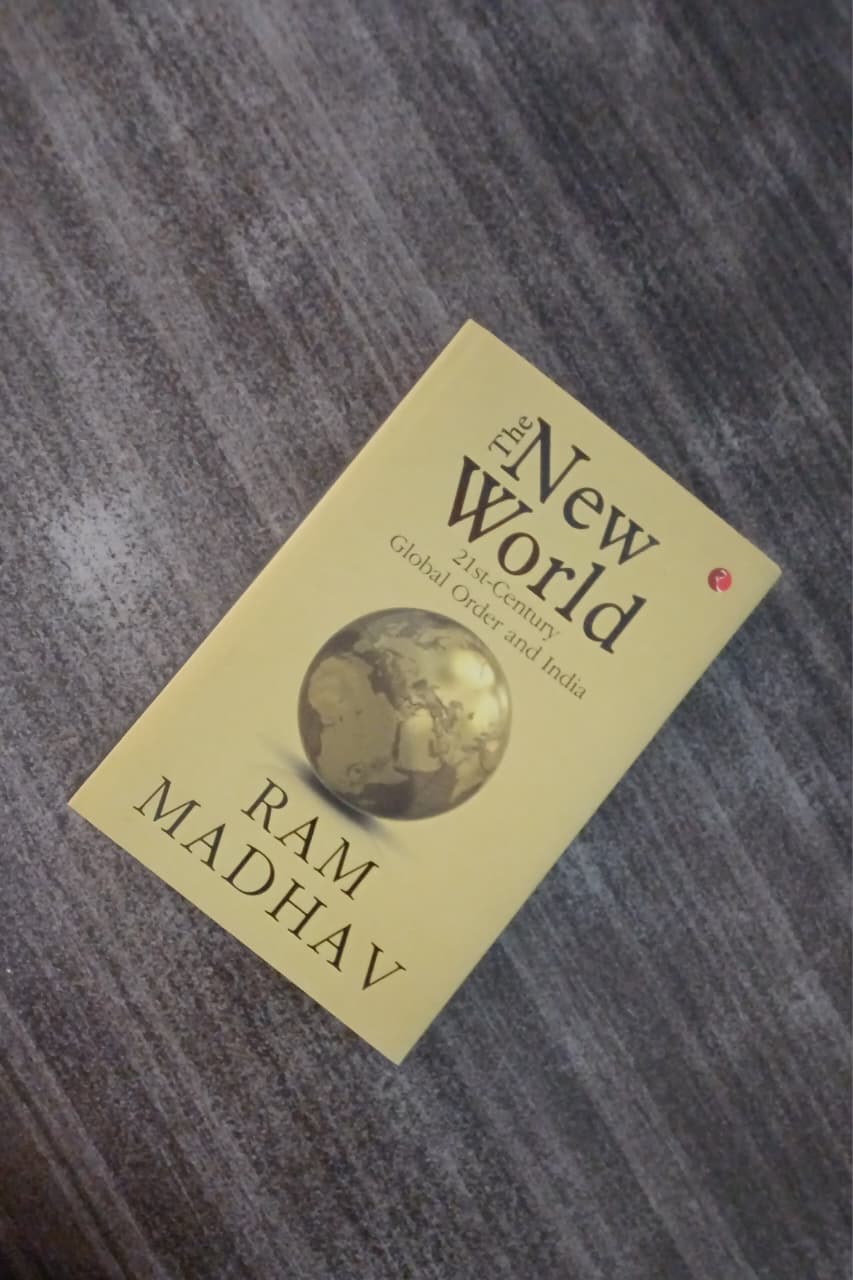TL;DR
- Part 1: The global order is shifting from multi- to minilateralism; U.S. power is pervasive, China's rise is instructive, and coalitions like G20/BRICS/QUAD are increasingly influential.
- Part 2: India's "Panchamrit" approach blends dignity, engagement, economy, security, and culture to project a confident, civilizational diplomacy.
- Takeaway: To move toward leadership, India needs decades of steady R&D, capacity-building, and neighborhood realism.
Who is this for: curious readers of geopolitics, policy students, builders in tech/AI, and anyone who wants a crisp Indian lens on the world.
Why it matters: it connects the big-picture shifts with India’s options over the next 10–20 years.
2025 has been a great reading year—I finished three books (and counting)! 📚 For this one, I stepped into a different genre to understand where the world is headed and, more importantly, where Bharat fits into it. It was an eye-opening read. Dr. Ram Madhav raises many points that deserve wider public attention. Sadly, we still get trapped in echo chambers—of people or ideas. 🪞

Cover: The New World – 21st-Century Global Order and India
Part 1: The World in Flux 🌍
The book has two parts. Part 1 surveys the shifting world order—how we moved from unilateralism ➝ bilateralism ➝ multilateralism, and now increasingly toward minilateralism. It sets the context with helpful history and connects it to current patterns like the rise of nationalism across Europe and the return of conservative governments. 🧭
The author then dives country-by-country:
United States 🇺🇸
Not just a country in the West but a modern empire with a footprint across the globe:
- Alliances like NATO can reportedly respond within hours during crises
- Many major economies function as U.S. dependents (politically or militarily)
- Key idea: power projection + alliances = enduring influence
China 🇨🇳
From near-collapse to the world’s No. 2 economy in a few decades—fascinating and unsettling:
- Read: Red Capitalism
- Strengths: speed, scale, state capacity, manufacturing
- Constraints: demographics, debt, external pushback, overcentralization
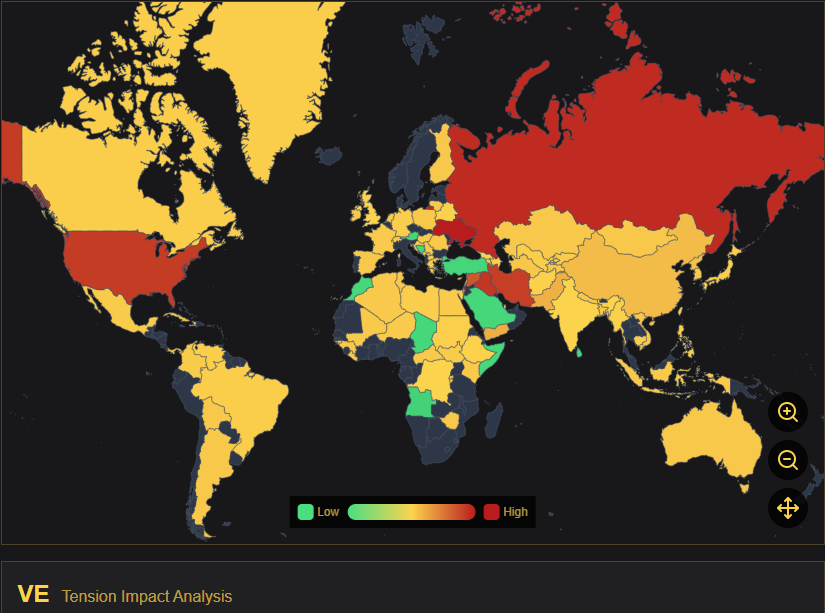
Global political landscape: a shifting balance of power
Multipolarity and Minilateralism 🌐
Players include Russia, the EU, Turkey, ASEAN, the African Union, Iran, Saudi Arabia, and other rising middle powers. As the UN’s credibility wanes, new groupings—BRI, BRICS, QUAD, SCO, and especially the G20—have stepped in as agile, purpose-driven platforms:
- Smaller groups move faster on specific problems
- Legitimacy is shared; outcomes matter more than process
- India benefits by being in multiple overlapping coalitions
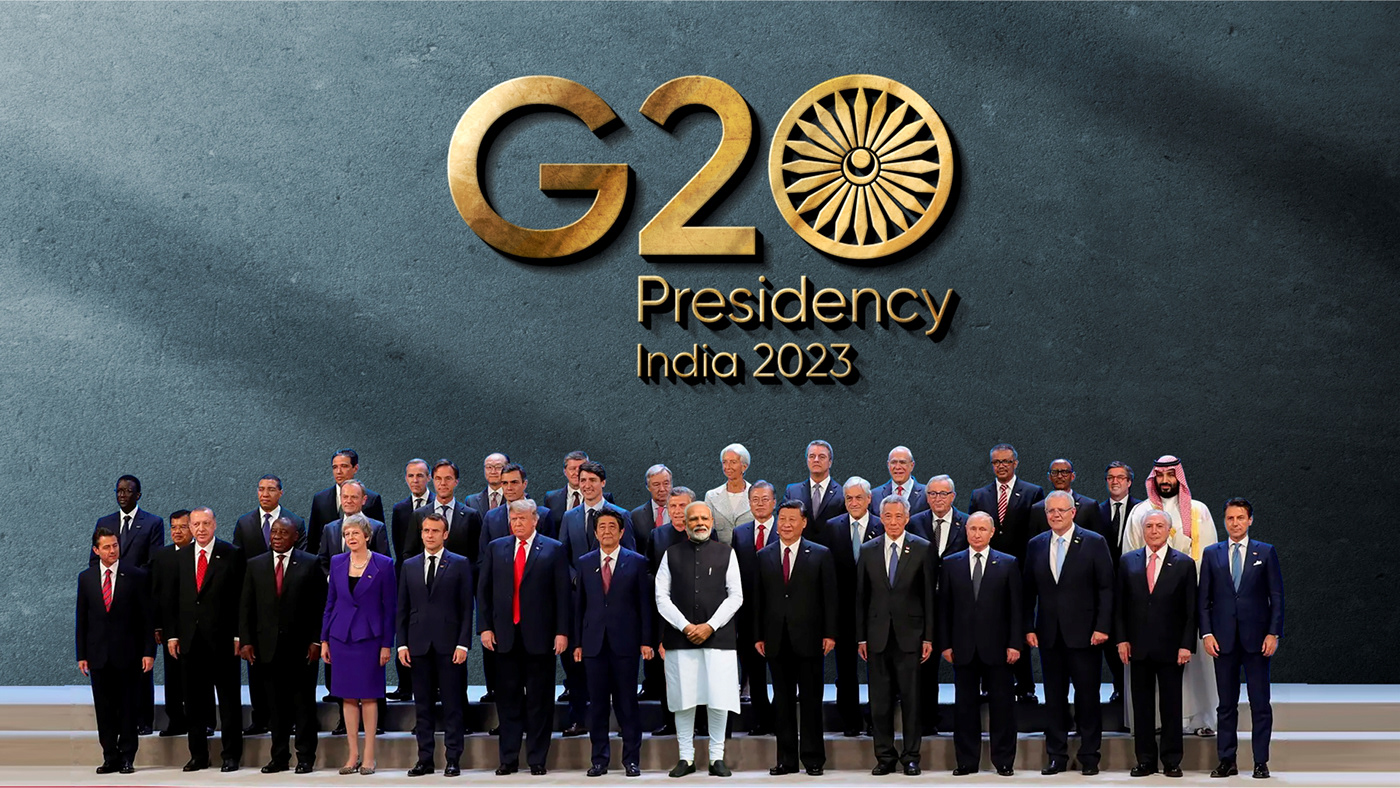
G20: a minilateral platform shaping global coordination
Religion, culture, and identity politics play an outsized role in today’s geopolitics—something the book doesn’t shy away from.
Tech, Climate, Currency: The Tectonic Shifts ⚙️🌱💱
AI: The Now, Not the Future 🤖
We're living through a technological revolution—especially with AI—that is reshaping everything from diplomacy to industry. The future is already here.

AI and semiconductors: the strategic stack of the 21st century
Climate: From Debate to Action 🌱
The book briefly surveys climate change and its policy implications. Policy is shifting from debate to implementation.
De-dollarization: Slow but Steady 💱
There are early ripples toward currency diversification and reduced dollar dominance.
Culture and Identity Politics 🧩
Meanwhile, cultural “wokeism” has produced new social divides, even as parts of Europe tilt back toward conservatism. With that backdrop, Part 2 reimagines India’s role.
Not a breezy, novel-like read—but Part 2 is a must. Just three chapters, and it nails the Indian perspective. ✅
Part 2: Reimagining India 🇮🇳
The second part revisits independent India—where we started, what we've tried, and what comes next. It briskly tracks our foreign policy from Nehru to Jaishankar/Modi.
Panchamrit: India’s Five Pillars of Foreign Policy 🪔
Did you know? PM Modi articulated five pillars called “Panchamrit”:
- Samman: Dignity and honour—for India and every Indian abroad
- Samvad: Deeper engagement, beyond just government-to-government or business-to-business
- Samriddhi: Economic ties and growth
- Suraksha: Security and defence partnerships
- Sanskriti: Cultural diplomacy as a strength, not a hesitation
We’ve seen this cultural confidence in action—think of Shinzo Abe in Varanasi, Xi Jinping in Mahabalipuram, or Stephen Harper at Akshardham in New Delhi. 🏛️
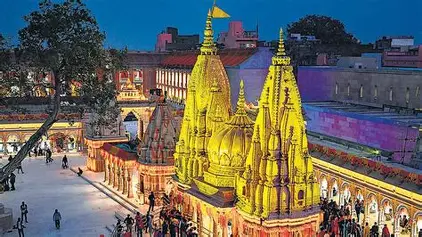
Kashi Vishwanath Corridor: culture as soft power
A Reality Check 📉➡️📈
Let’s be honest: we’re not “Vishwa Guru” yet.
- 10–20 years of consistent investment in R&D and state capacity
- Upgrade education-to-innovation pipeline; scale quality manufacturing
- Stay pragmatic: ambition with realism beats slogans
Neighborhood First, Mandala Always 🧭
Since Nehru, India has pursued a “Neighborhood First” approach—rooted in Arthashastra’s Mandala theory, which warns that immediate neighbors can be rivals. Despite decades of effort, this reality still tests us. Initiatives like SAGAR and Sagarmala deserve more public awareness. ⚓
3 memorable insights:
- Geography never retires; neighbors shape your options
- Culture is a durable lever of influence
- Coalitions can substitute for slow global forums
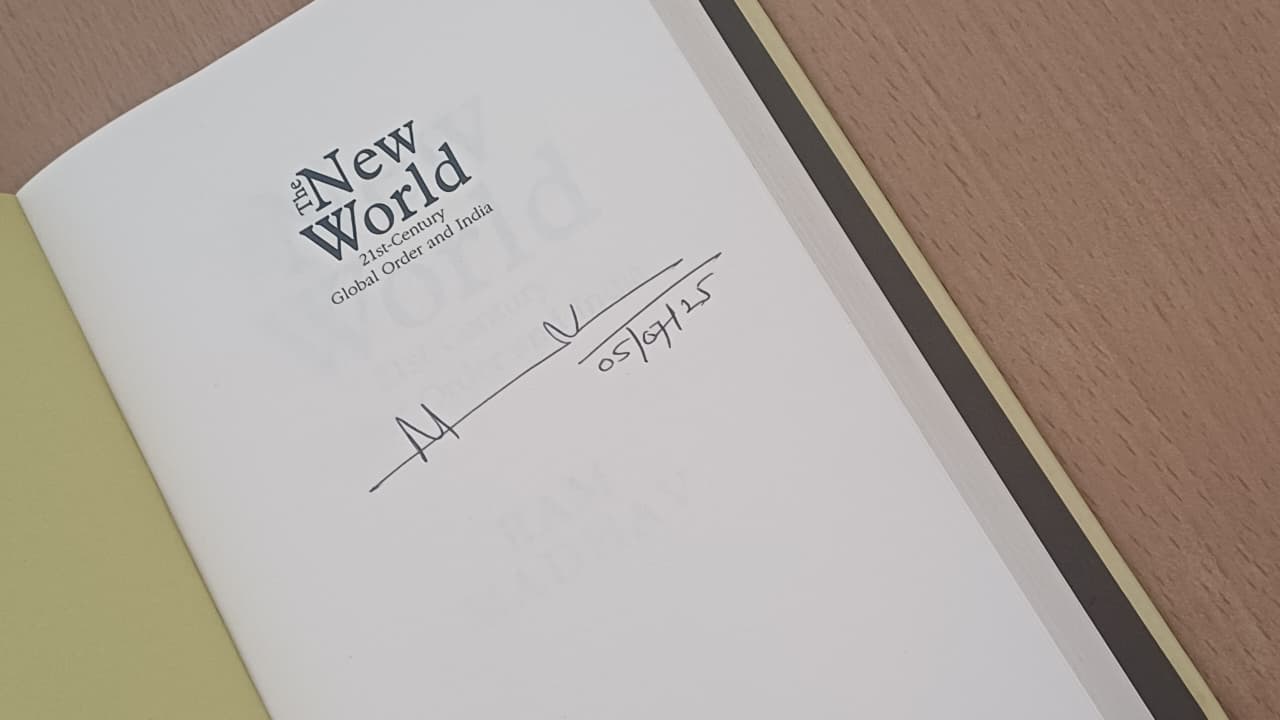
Neighborhood First: people, ports, and partnerships
Closing Thoughts 🧠✨
Finally in conclusion the author brings out Sri Krishna says in the Bhagavad Gita -
यद्यदाचरति श्रेष्ठस्तत्तदेवेतरो जनः। स यत्प्रमाणं कुरुते लोकस्तदनुवर्तते॥
“People tend to follow the example set by the noble.” Leaders shape the path society walks. In short: “Yathā Rājā, Tathā Prajā.”
India began a new journey after Independence. Today’s leadership frames this era as the “Amritkaal”—preserving heritage while forging new dimensions of development. The Indian way of democracy—perhaps better called “Dharmocracy”—must be lived by each of us if we are to build Brand Bharat with confidence and balance. 🇮🇳
Further reading:
— Sughosh Dixit

